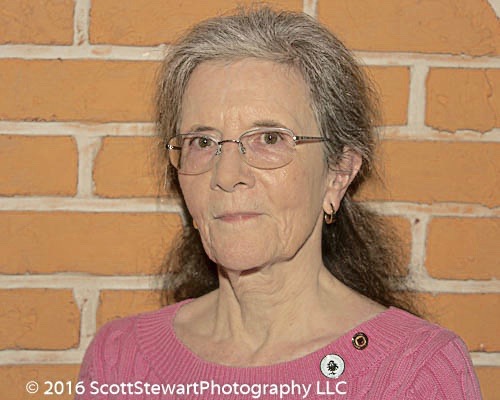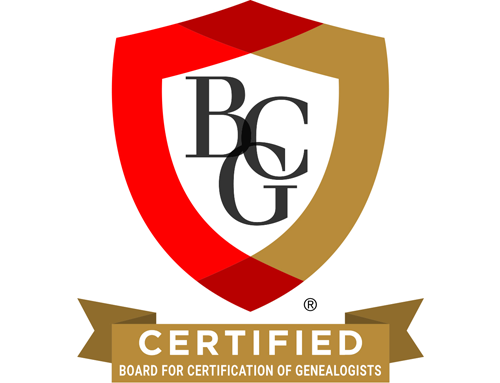SpringBoard, an official blogger for the 2016 National Genealogical Society (NGS) Family History Conference, is pleased to offer a review of this BCG Skillbuilding lecture, presented 6 May 2016.
F301, Barbara Vines Little, “On a Scale of One to Ten: Weighing the Evidence”
Reviewed by Darrell Jackson, CG
Barbara Vines Little structured her lecture around the “fundamental concepts” of sources as original or derivative, information as primary or secondary, and evidence as direct or indirect. The title emphasizes evidence, but since evidence is information viewed in the context of a research question, weighing evidence consists in assessment of information and the source of that information. The most emphasis on a general principle for this assessment was given to knowledge of the law and custom of the time and place. Other principles include the closeness of the source to the event, the involvement and credibility of the person who provided the information about the event, consistency, both internal and with other information, and the number of iterations the source has gone through.
Barbara examined several kinds of sources. Information about land transactions is found in deeds, which may be viewed as the original, the recorded copy, an image of either the original or the recorded copy, or an abstract. Deeds state a date for the transaction. This information cannot be taken as evidence of when the grantee occupied the property. There may be, for example, a land bond that predates the deed, with the deed being executed only when the land was paid for. Or a person may have rented the property for a time before purchasing it.
Death records include many items of information. Some are likely to be more credible than others. Date and place of death may be relied on more than names of parents.
Marriage records include marriage bonds, banns, consents, minister returns, marriage certificates, and marriage registers. Barbara discussed marriage returns filed by one minister who listed a large number of marriages, with the only date given being the date that he had made the list. That single date is highly unlikely to be the date of all of the marriages, which almost certainly occurred before that date.
Information in tax records is determined both by the law at the time and by the understanding and application of the law by the record maker. In Virginia the age at which white males were taxed varied by law from time to time. Tax commissioners did not, however, always understand or follow the law. Failure to determine the law and practice can create errors in assigning ages to persons listed in the records.
A recording of this lecture may be previewed and ordered from PlaybackNow.
The words Certified Genealogist are a registered certification mark, and the designations CG, CGL, and Certified Genealogical Lecturer are service marks of the Board for Certification of Genealogists®, used under license by board certificants after periodic evaluation.


